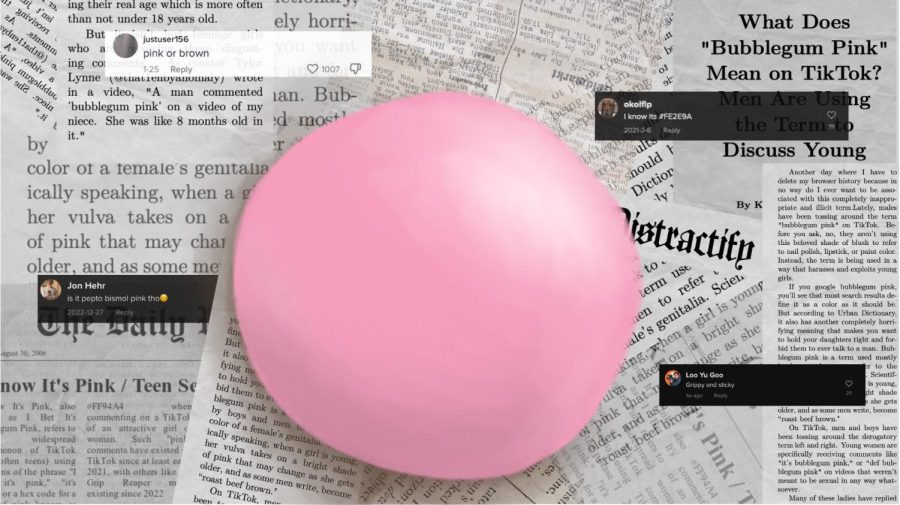Opinion: Blowing bubbles, or promoting violence?
Social media can be a fantastic thing. I’ve watched my cousins grow up through a small, little miracle called WhatsApp while they lived a world away. I can keep up at dinner table conversations about current events and news because it’s delivered to me in a neatly-wrapped, palatable two minute TikTok.
The main reason that social media is so addicting and accessible to today’s teens is because of what are known as “echo chambers.” This means that I, as an avid watcher of videos about food at 2x speed, am going to see a startling number of them on my TikTok feed. Somebody else might see an abundance of clips from “The Office” or maybe a compilation of pimple-popping videos.
Where these echo chambers fail is probably glaringly obvious: not every opinion or belief should be amplified and shown at greater frequencies. TikTok, Twitter and the like can be beautiful, oblivious bubbles for their respective users to frolic in, but that doesn’t mean they are without flaws.
“Bubblegum pink.” This was a comment that user that1_enby_anomaly received on a TikTok of their infant niece. The comment refers to the color of the baby’s vagina.
This pedophilic, deeply misogynistic trend is a smaller piece of a larger problem: men are increasingly public about their desire for hairless, petite women with “grippy” or “pink” vaginas. Another trend refers to sexual assault and even necrophilia, inviting men to detail what they’d do if they were in a room full of dead girls, or if “time froze for an hour.”
The amount of likes, lighthearted comments and reposts on these TikToks raises a serious concern, but also makes me wonder: what is the difference between a “joke” and harmful rhetoric that speaks to what a person might actually do?
The makers of these comments and posts would say that these aren’t actual actions; they’re “jokes,” they’re hypotheticals, they’re clickbait-y attention grabs. They’re not real, and that makes it fine. The last line of defense between any sort of repercussion is that it’s simply a TikTok, and so you can laugh and continue scrolling when you see content describing graphic and horrendous violence against women.
They would say that jokes are jokes, while threats or problematic mindsets are something else entirely. If this is the case, how do you differentiate between the two? If someone laughs at a disturbing TikTok, what’s to stop them from being complacent to or even committing the same acts? Appalling It sounds so impossible — how can a joke, a mere Internet trend, be equated to reality at all?
When somebody is making obvious, shameless jokes about assaulting women, they simply should not be able to hide behind the guise of jokes or trends.
Social media echo chambers foster environments where violence, sexism and pedophilia aren’t just normalized, they’re magnified. Blatant misogyny and rape fantasies are fine, because they’re just smaller parts of a larger trend. That trend is a joke, and so under the Internet carpet these disturbing videos will go.
Digital footprints become a thing of the past when there’s no accountability for what a person says on the Internet. In fact, the whole concept of a digital footprint becomes null and void when one can say anything without any sort of repercussion. How do you reprimand a whole slew of people making these kinds of comments? It’s impossible, and so the cycle continues.
While the same tired, misogynistic calls reverberate in the echo chambers of discreet corners of the Internet, the solution lies somewhere between leaking a sexist man’s address (perfectly valid, in my opinion), and emailing the college he attends (another suitable alternative). Although I haven’t figured it out yet, I might make a TikTok when I do.
Because while social media has ensured that these misogynistic bubbles will exist perpetually, I am sure that there is some way we can pop them.





